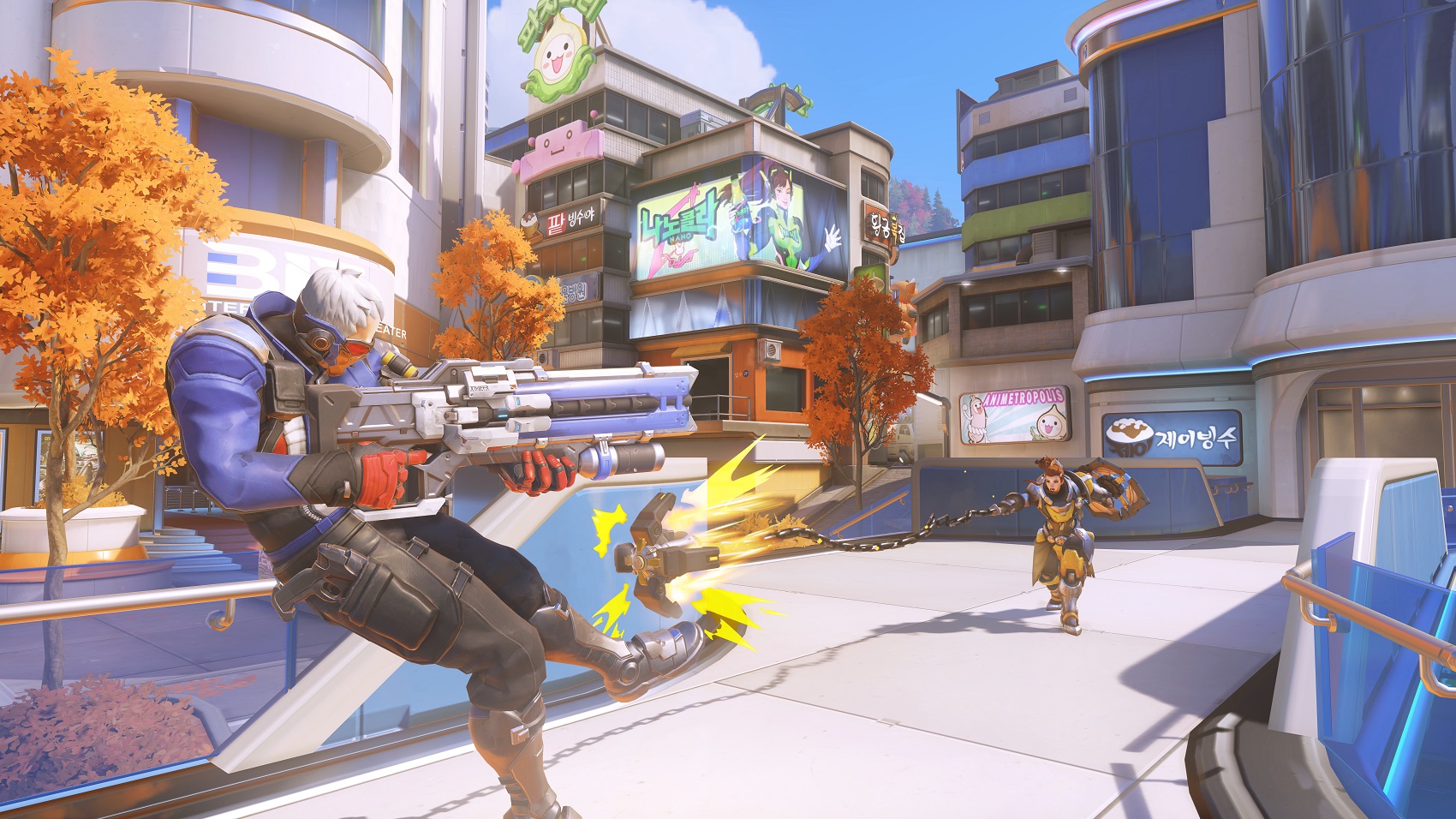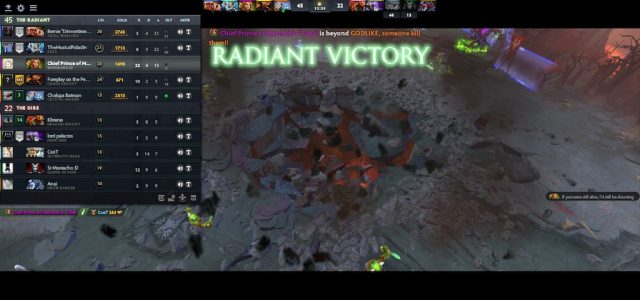Left 4 Dead 2 is a cooperative zombie shooter set in a world ruined by an outbreak of the “Green Flu” which transforms humans into zombies. Players play as human characters immune to the disease, playing in the first person perspective using guns and melee weapons to attack zombies as players move through stages to get towards an extraction point for survivors.
Released in 2009, Left 4 Dead 2 is the second and latest entry in Valve’s renowned zombie cooperative shooter Left 4 Dead, delivering an experience of working together with other survivors to progress through a post-zombie-apocalypse world that holds up to other modern games, even after more than a decade. Being a AAA title from Valve, the game excels at giving players the experience of shooting zombies and teamwork, through crisp sound design, gameplay feedback, and zombie design that makes players work as a team. As the second title of the series, Valve expands on the roster of “Special Infected” zombies, by adding the Jockey, Spitter and Charger to add zombie variety, along with a host of new thematic maps and 4 new survivors that players will play as.
Lens 9: Elemental Tetrad
Aesthetics
Despite being a game more than a decade old, its visuals, while not revolutionary, has its graphics and visual design stay true to its aim of having a simple, post-apocalyptic, yet realistic world overrun by zombies and not look overly outdated as a game released in 2009 might look.
A part of its aesthetics that hold up to and even surpass many games is its sound design. Firing of the gun feels crisp and packs a punch. Special enemy spawns are accompanied with musical cues so distinct and memorable, many players to this day can recognize which enemy has appeared purely off this cue. Events in game are tied to similar musical tracks that value add to the feel of game; a fight with a Tank has a specific musical track that players also recognize to this day. The idea of using music in game like this to further immerse players into the gameplay is executed to near perfection.

Technology
The game is running on Source engine, a revolutionary engine during the time of 2009. This game was thus partly made to showcase the capabilities of the Source engine. Ragdoll physics, object interaction between multiple entities, object physics are all technologies that still hold up today.
A part of this that had much work put into was the insertion of motion captured reactions and multiple visual changes to zombies getting shot or hit. Depending on where and how the zombie was injured, there would be different visual injuries shown to the players, and these can add up, resulting in hundreds of possible visual feedback combinations shown to the player. Differing reactions were also played out, and along with what was previously mentioned, immersed players by making them feel like they are firing an actual gun at an actual zombie reacting to the shot.
Furthermore, the Source engine allowed extensive modification of the base game through mods, and allowed the community to develop anything under the sun to add into the game, extending the game’s variety and longevity. This is one of the main reasons why the game is still played to this day.
Mechanics
The game relied on simple, intuitive mechanics of movement, aiming, and shooting. Players moved with WASD, attacked with mouse clicks, swapped equipment with number keys or scroll wheels. This allowed many players to pick up the game fast, even those that have never played games before.
There are more subtle mechanics at play, which adds to how complex the game truly was. There is a “Game Director”, an AI that controls the spawns of enemies, weapons, and equipment depending on the game state. Were players doing too well? Less weapons and more special infected zombies were introduced. Team fumbling? More equipment and medical kits were given. This allows the game to not only feel fair, but also different which each playthrough, despite playing on the same stage.
Story
The story was perhaps the most nuanced part of Left 4 Dead 2. The story is not conventionally narrated and shown to the player. Rather, players find out more about the story through the different stages they proceed through, depicting how the world has come to be. The stories of the playable survivors are not shoehorned, but are described through in-game dialogue between survivors, fleshing out the survivors’ background and personality.
One criticism could be that the story is ultimately very simple. The survivors are immune to the disease, and are making their way towards the evacuation point by treading through these infected streets and forests. However this simplicity also allows players to focus more on enjoying the game itself and immersing in the world rather than understanding a convoluted story.
All in all, all these elements add up to form an extremely solid base foundation game of Left 4 Dead 2, and this along with its simplicity allowed the Source engine’s modifiability to shine through with community modifications.
Lens 2: Essential Experience
The core gameplay experience of L4D2 is very simple. Get players to work together as a team of 4, shoot zombies and get to the next safehouse in one piece. In that sense, the game nails this well, providing a gameplay loop that keeps players playing even a decade later.
Listening to the developer notes, the development team understands what they are trying to provide players, and thus put a strong focus on providing visual and audio feedback to the player for doing the most basic of actions, namely the shooting of zombies. This is accomplished through points mentioned previously. Valve used motion capture give players a realistic immersion of shooting and hitting zombies, which accompanies well with the multiple different visual injuries on the zombies, that of which can look pretty gory. Another unmentioned point of the how Valve immerses players is the use of creating character emotions through actual facial recordings of real people, used for the survivors and zombies alike. For the zombies that players will see throughout the game, having details like facial expressions and also different clothing for different locations give players the feeling of realism. A simple example is giving some zombies in an airport security outfits.
Lens 37: Fairness
It might be confusing to talk about fairness in a game that is largely non-competitive in nature. However, this is an essential part of why this game is still popular to this day. First of all, zombies feel fair to fight. How so? Lets look at the simple non-player controlled zombie. It can run towards the player and hit them, slowing the player to a crawl if they do not deal with it immediately. They have very little health, and die to almost any form of attacks the player throws at them. Players can even use a shove to push zombies around them away. This not only makes players fight zombies instead of just skipping past them, but also provide different and easy ways to deal with zombies. For something that is done so often, the design has to be executed well.
Going further, let us go to the design of the “special infected”. These are special zombies that have unique abilities to hinder and attack survivors, usually incapacitating them by removing part of their action capabilities. The Smoker zombie prevents players from moving and shooting by pulling them to itself. Hunters do the same, but do not move the player, instead dealing high, constant damage. Boomers and vomit on survivors, blurring their vision and drawing normal zombies towards those survivors. Spitters shoot from afar, creating a puddle of acid that deals ramping damage to the player. All of these make special infected sound unbalanced, so how did Valve solve this design issue? The solution: the special infected zombies themselves have very little health, making them very easy to deal with if survivors pay attention to the musical cues and voices of the special infected.
Lens 44: Cooperation
How do you get players to work together? This is a problem tackled well by L4D2, mainly due to the nature of special infected zombies, most of which have abilities that incapacitate a player, making them unable to move and act unless a teammate free them from it. Smoker pulling your teammate? Players can either shoot the Smoker, use the shove action on the ensnared player, or quite ingeniously, shoot the tongue of the Smoker pulling said teammate. Giving players a variety of ways to assist each other gets them to work together instead of playing for themselves. This is also not as frustrating as it sounds, as freeing a teammate is a simple and quick action, owing to the low health of special infected zombies and multitude of ways to go about doing it.
This in turn builds team cohesion, even in the absence of using the in-game communication, as L4D2 has its survivors call out different events that are currently happening, removing the need for players to actively call out themselves and allowing them to focus on and immerse in the gameplay.
Lens 53: Balance
L4D2 is surprisingly balanced, especially when compared to its modern day competitors like the recent game Back 4 Blood. Zombies are easy to deal with when there are a few, taking a few hits and bullets to remove, yet when ignored can swarm players and cause them to take massive amounts of damage.
Due to how powerful the abilities of special infected zombies are, this is counter-balanced by them having similarly low health, along with distinct musical and audio cues. This makes players proactively play against such special infected, listening to these cues as well when checking their surroundings to kill such zombies before they can act, rather than just reactively dealing with them after they catch a survivor. This prevents players from feeling that the game is unbalanced from being unable to avoid such special infected abilities, which can incapacitate and also damage them, and health is not easy to replenish.
This is a segue to the balance of resources. Everything the survivors have are a resource. Ammo, health kits, pipe bombs and medical pills alike. Spending resources as players progress through a stage is inevitable, but how much is spent can be controlled by players, and management of such is essential to complete a stage. To further balance the amount of resources players get in a stage, the game director AI will increase or decrease these depending on player performance to prevent the game from being too easy or too hard. Every game of L4D2 thus feels balanced and has fun and challenge.
Overall thoughts
L4D2 is a classic zombie shooter even to this day, a success that has not really been replicated by modern day counterparts. I’m sure many people can agree L4D2 is a great game, but what makes it great is not really known to many. Taking a deeper look into what makes this game great, the effort and attention to detail put into this game and its design really shows, and provides such a great foundational experience of the zombie shooter genre that keeps generating new fans, and having older fans coming back for more.
Comparing Left 4 Dead 2 and Back 4 Blood’s game design details
Link to L4D2 on Steam: https://store.steampowered.com/app/550/Left_4_Dead_2/
Link to L4D2’s website: https://www.l4d.com/game.html

/cdn.vox-cdn.com/uploads/chorus_image/image/61823085/Ship_02.0.png)

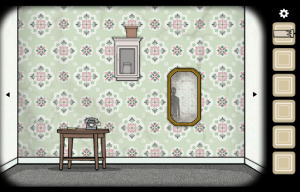
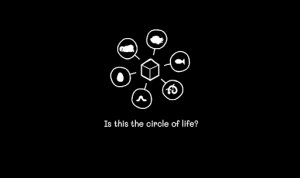
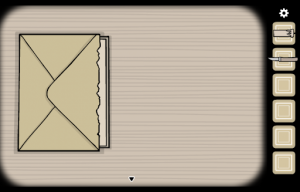
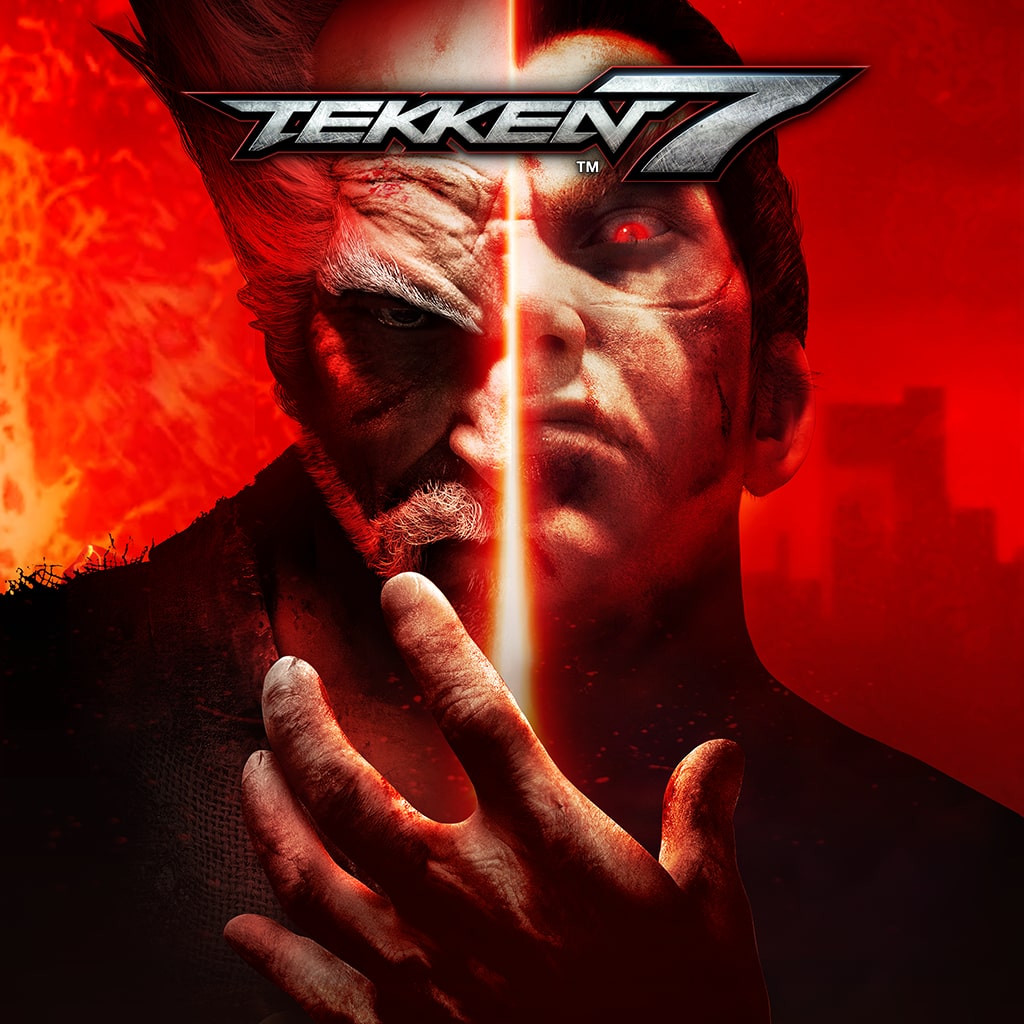

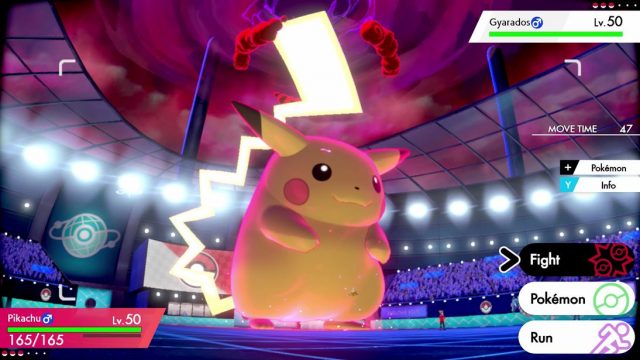
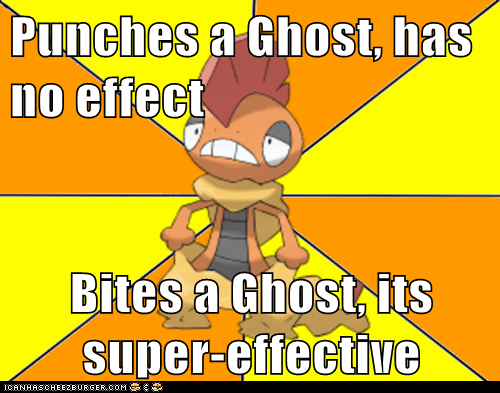
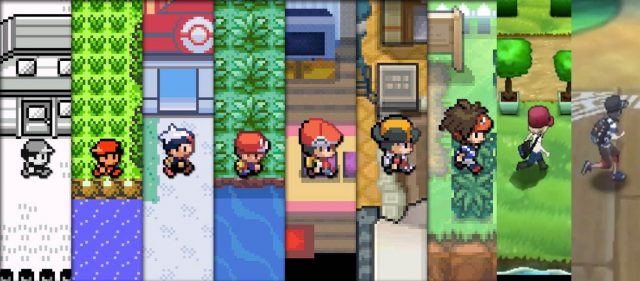


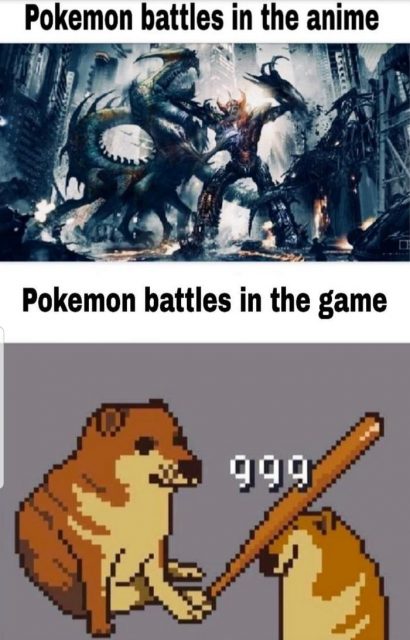

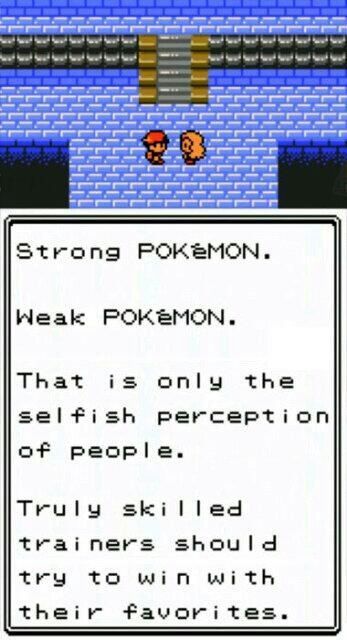


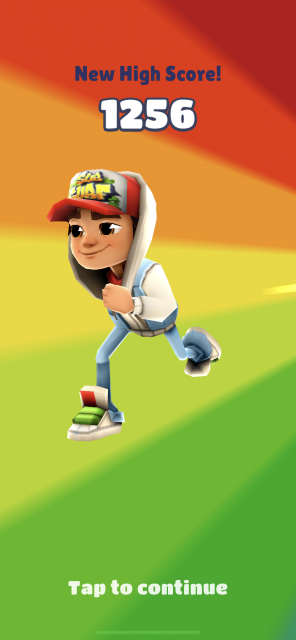
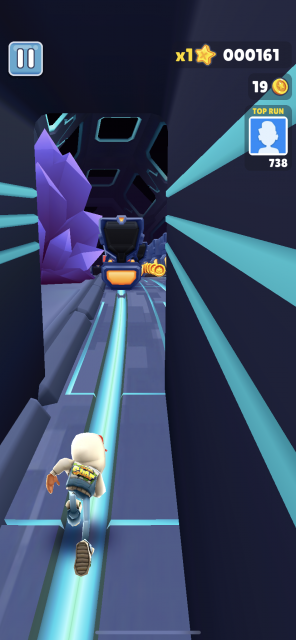
/cdn.vox-cdn.com/uploads/chorus_asset/file/19743154/OVR_PR_Switch_GameplayShots_XA_036_A.png)
